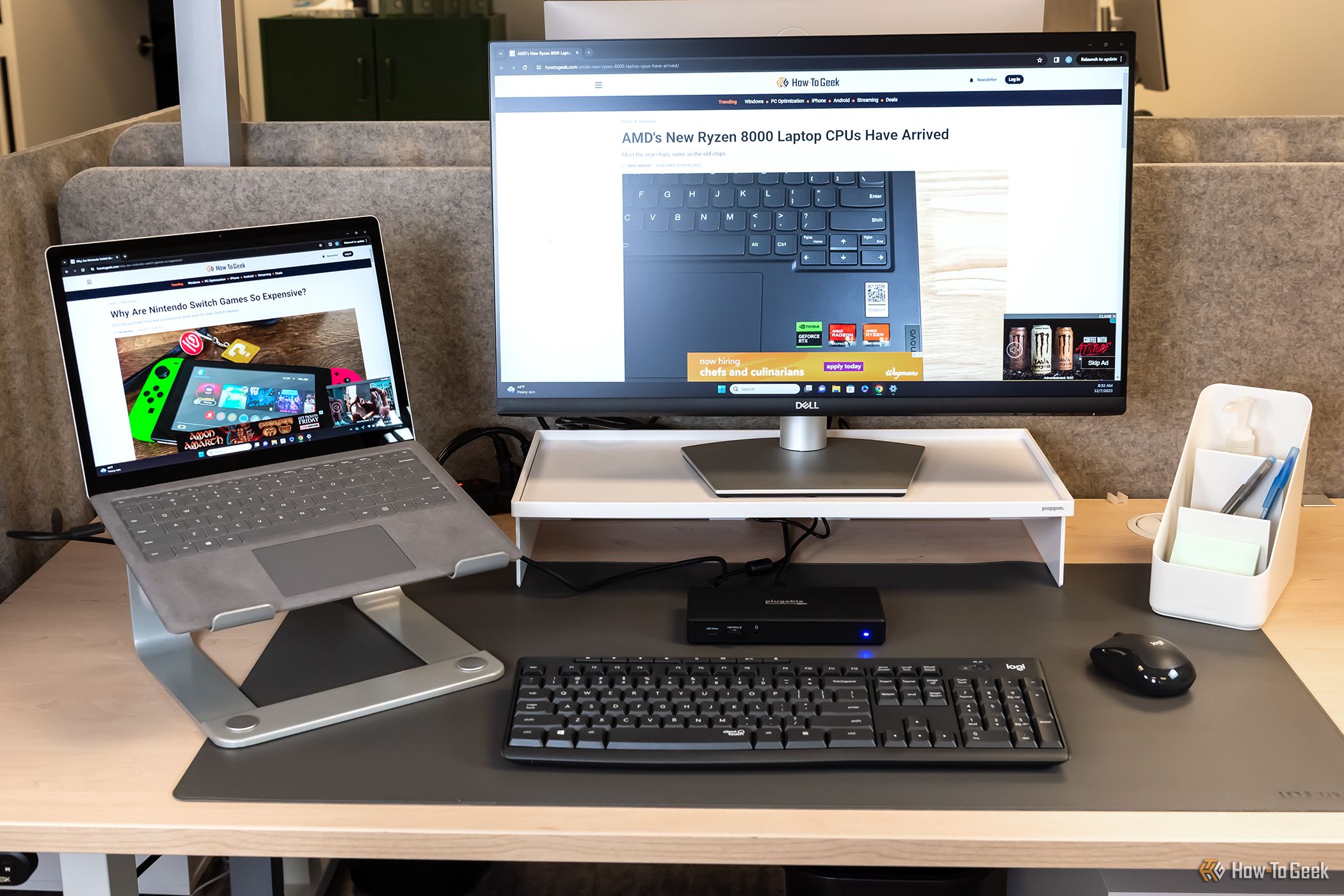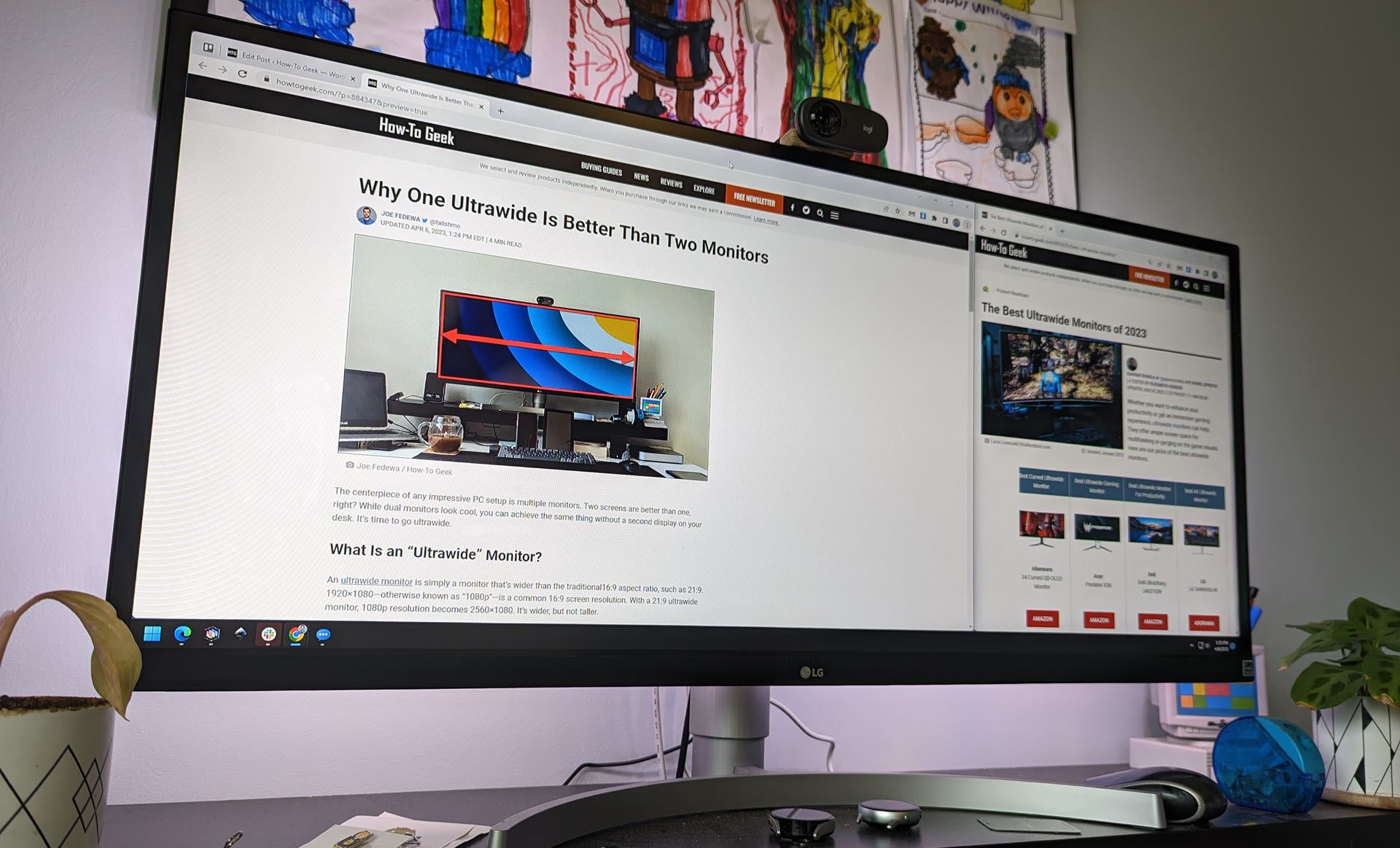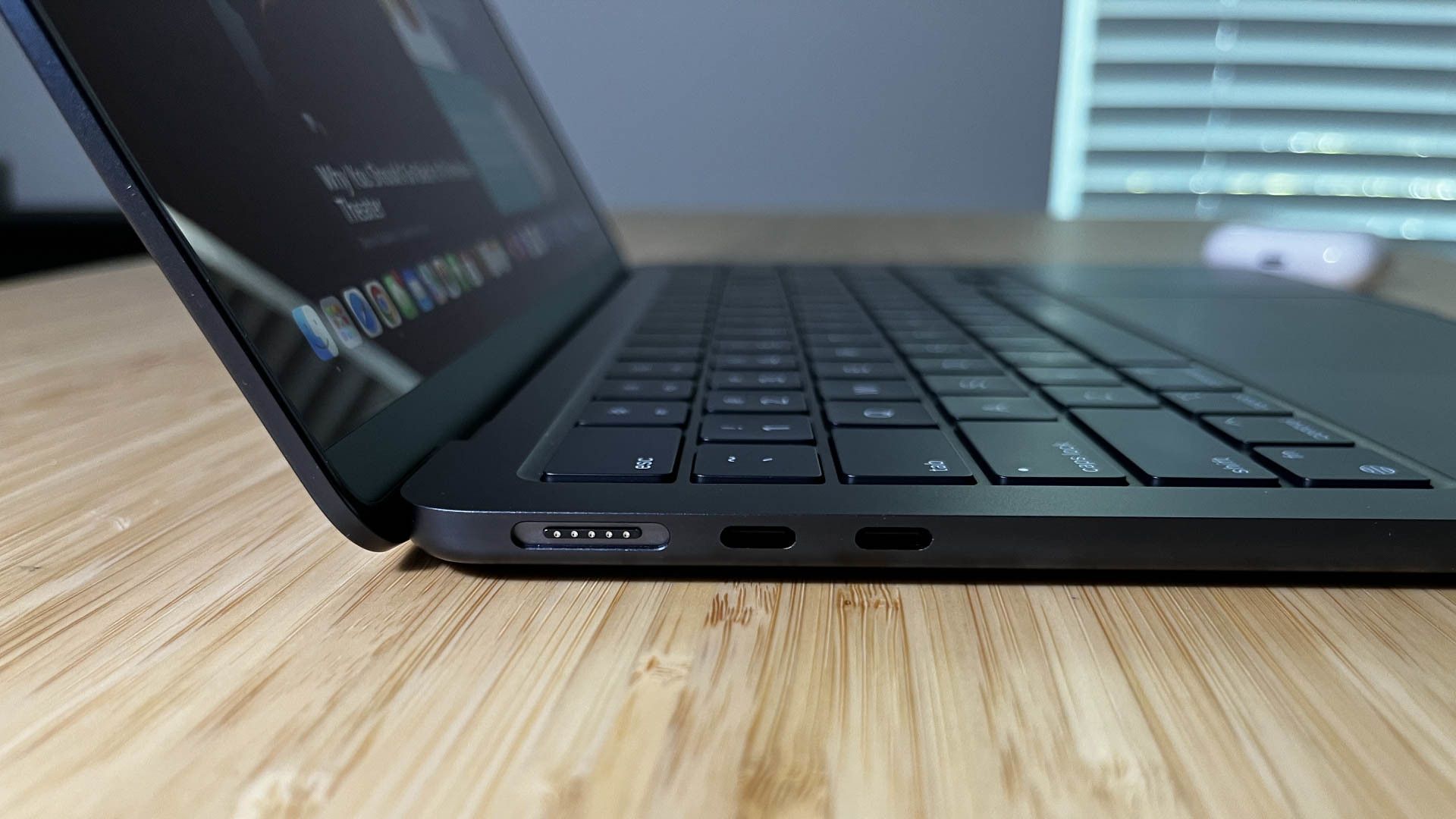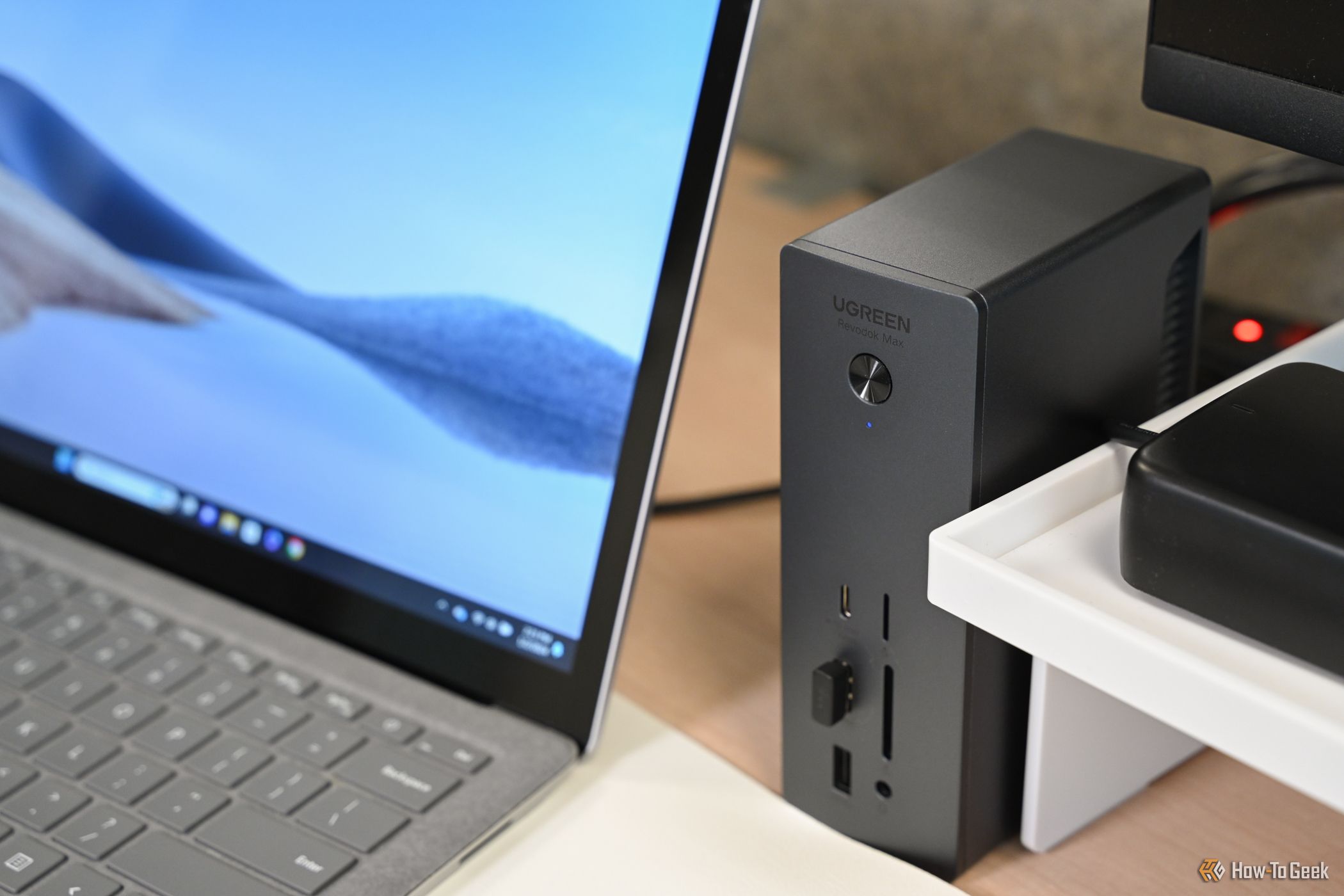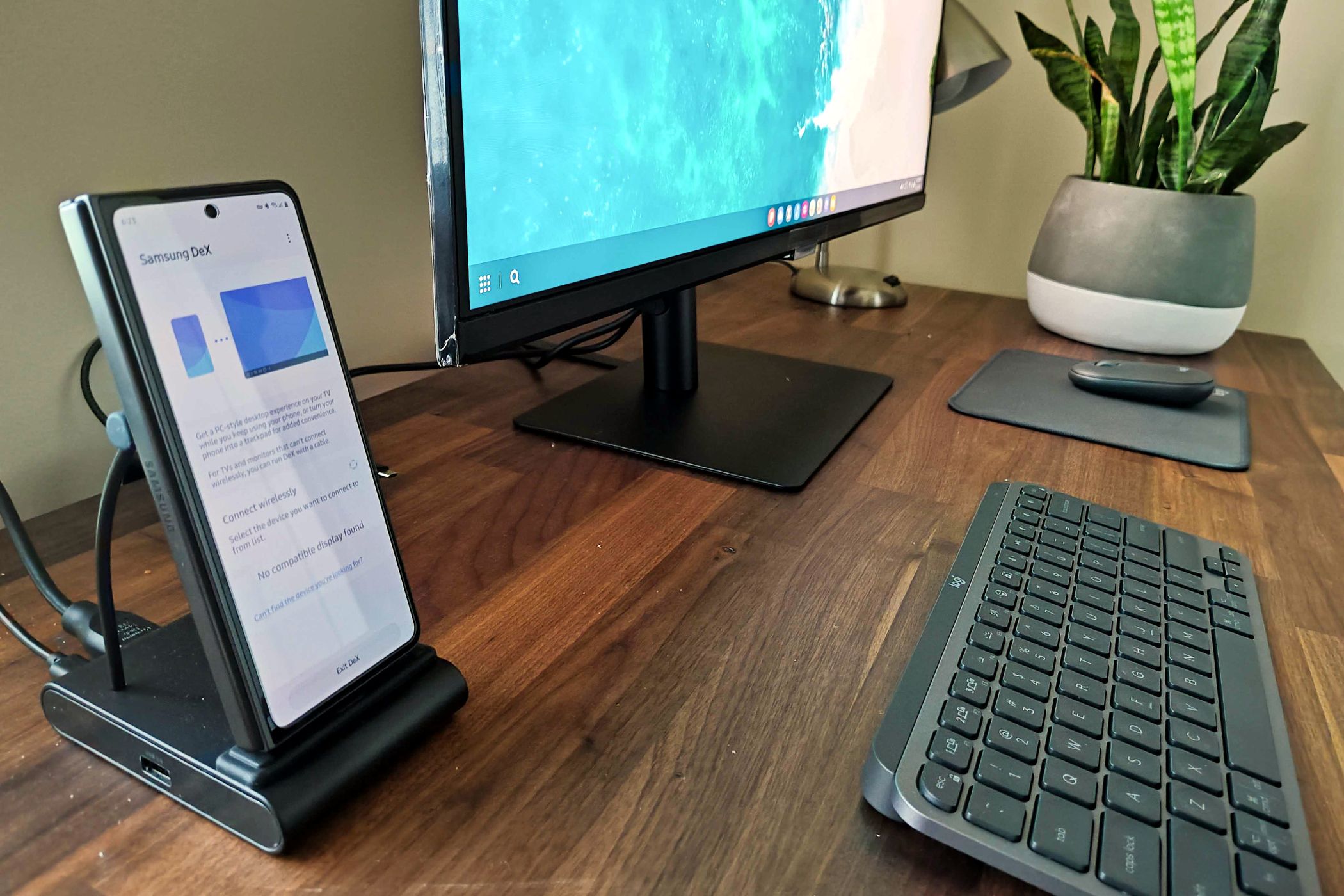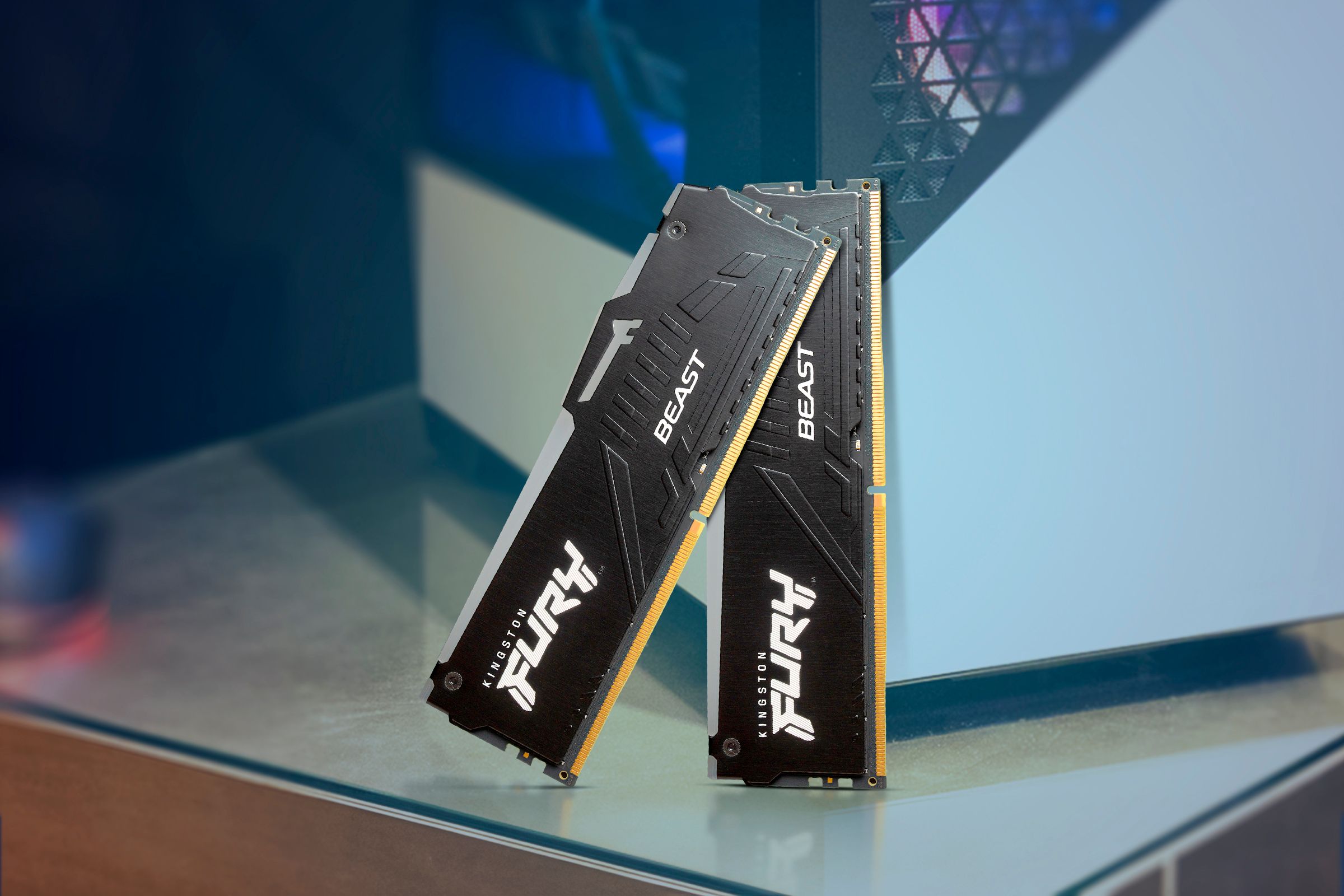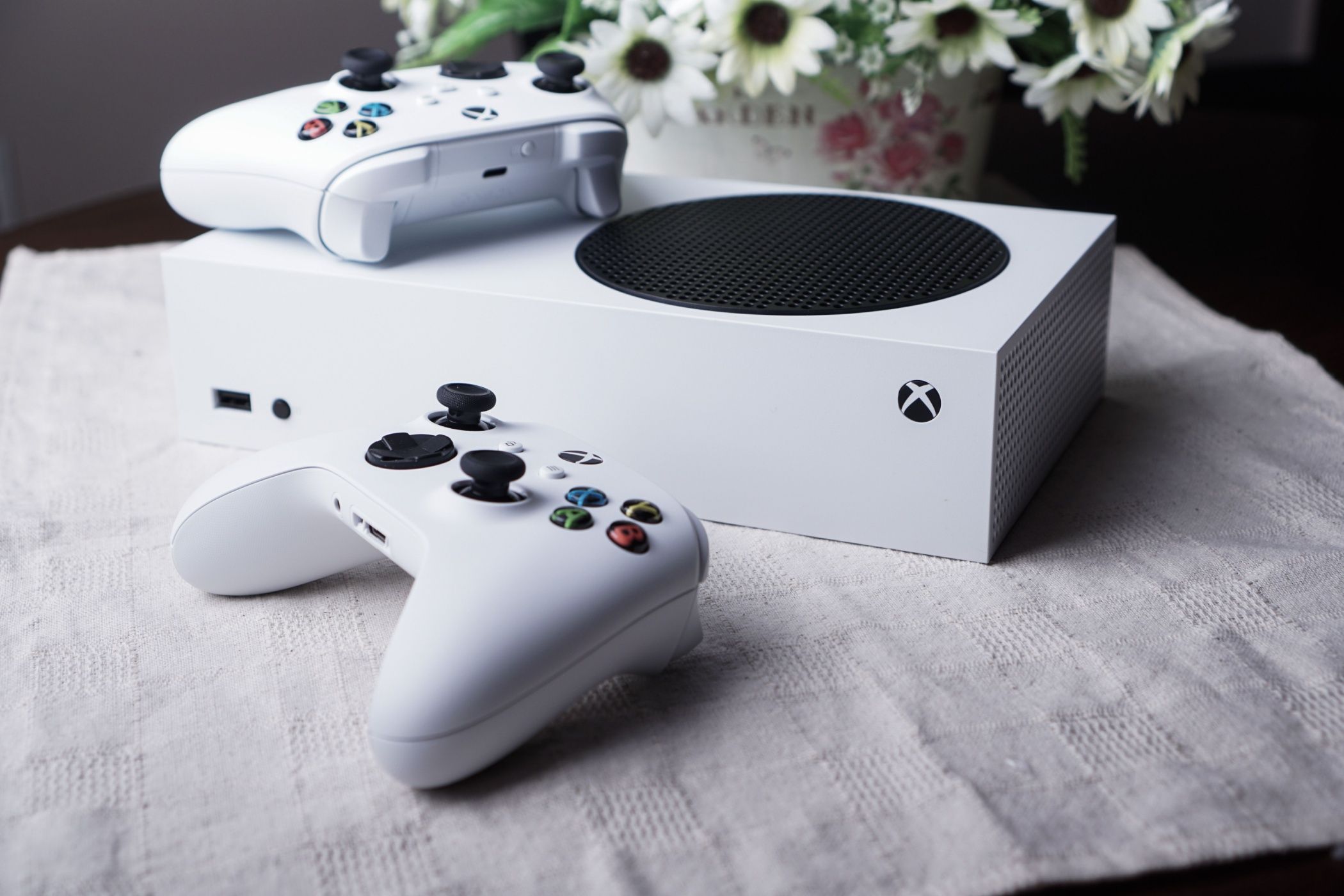9 Reasons Your Laptop Needs a Docking Station
It’s like having a desktop PC you can take with you.
Key Takeaways
- Upgrade your laptop with a docking station for better peripherals and more ports at a fraction of the cost of a new PC.
- Save energy, reduce clutter, and avoid noise by docking your laptop – plus connect your phone or tablet for extra productivity.
- Extend the life of your electronics and reduce waste by investing in versatile USB-C hubs rather than constantly upgrading.
The idea of there being a dedicated room or lab where we do our computing is, well, a bit old-school. We carry laptops now for school and work. But what about the advantages of desktop PCs that we’ve lost along the way?
Turns out, you can get most of those advantages by simply buying a docking station for your laptop. Here’s what’s good about them.
1 Access a Better Monitor, Keyboard, and Mouse
Laptops have come a long way, but their form factor means they inherently come with compromises. Keyboard keys must be small. They use touchpads instead of mice. A large screen would make the whole thing too unwieldy to be portable.
With a docking station, you can connect your laptop to all the same components you would connect to your desktop PC. Get yourself two screens or, even better, a giant ultrawide monitor. Plug in a mechanical keyboard. Get a mouse that’s comfortable to use all day long. Set up a much better webcam.
Plug in your laptop when you’re at your desk to connect to all of these things at once. When you’re done, slide your laptop back into your bag.
2 Give Your Laptop More Ports
Laptops have always come with fewer ports than desktops, and that disparity has grown with time. It’s now pretty common for many laptops, even the most powerful and expensive, to come with only a couple of USB-C ports.
If you want to connect to an Ethernet cable, you need an adapter. Plug in an SD card? Another adapter. At this point, you probably even need an adapter for anything using a traditional USB-A port.
The right docking station can handle all of these issues, freeing you from having to worry how many ports your potential next laptop comes with.
3 Expand Your Laptop’s Power
A docking station allows your laptop to power any number of peripherals. The opposite is also true. You can plug in things that supply extra power, or capacity, to your computer.
Consider investing in an external GPU, allowing you to turn an under-powered computer into your desktop gaming rig. Gain a Thunderbolt port for faster file transfer speeds. You can keep an external hard drive plugged in with over ten times the storage space you’d usually get on a laptop.
4 Save Yourself Some Money
You can build a powerful desktop for much less than the cost of a powerful laptop, but if you already have a laptop, the cheapest PC is the one you already own. Buying a docking station is cheaper than buying a whole new PC to set atop your desk.
The savings grow over time. You don’t have to make sure both your laptop and your desktop are up-to-date with the latest hardware. As long as your laptop is powerful enough to do all that you need, then you’re good to go.
There are docking stations available on any budget. You can get a capable USB-C hub for under twenty bucks. Or you can get a combination laptop stand, hub, and wireless charger for over a hundred. No matter which way you go, you will probably come out ahead financially speaking.
5 Use Less Electricity
Laptops are generally more energy efficient than desktops. They have to be. If they guzzled up power, then they would have battery life measured in minutes not hours.
Most laptops use components that are designed to be more efficient. Yes, this means you’re sacrificing some power, but if that really concerns you, these days you can buy a gaming laptop strong enough to play anything on the market.
Saving electricity isn’t just a feel good matter. In the US, electricity is relatively cheap and plentiful, though many of us still struggle to pay our bills. In many parts of Europe, the cost of generating and paying for power is much higher. Utility companies all over the world have rolling blackouts to manage power usage. No matter where you are, it pays to use less energy.
6 Clear Clutter Off Your Desk
Keeping a desk tidy is an art. Even if you go all in on wireless Bluetooth peripherals, there are still quite a bit of cables to manage. A docking station can help with this.
Don’t get me wrong. Cable management will still be an issue. But many (if not most) desktop towers are not small, and removing one from your desk is an accomplishment on its own. If you use a small USB-C hub, then the only thing that regularly sits on your desk might just be a monitor, a keyboard, and your mouse. The last two can go in a drawer when not in use.
7 Your Room Won’t Be As Hot and Noisy
Traditional desktop towers come with two drawbacks you might not think about right away. Most have fans which can make quite a bit of noise. Why do they have these fans? Because these powerful machines can also generate a lot of heat.
If your laptop has a fan, it’s likely a smaller one. More and more laptops these days are passively cooled like phones and don’t have fans at all. Any heat they generate may make the surface of your desk warm, but it won’t impact the ambient air around you. A small room with a gaming PC, on the other hand, can get rather toasty.
8 Dock Your Phone and Tablet, Too
A USB-C hub isn’t limited to connecting to your laptop. Many phones and tablets can also connect to peripherals this way. Samsung and Motorola both have desktop modes that kick in when they detect an external display. With a keyboard and mouse paired, your phone may even replace your PC.
Quite frankly, if you’re used to working from a Chromebook, then using a premium Android phone connected to a docking station can actually feel like a step up. Many modern phones offer stronger graphical performance than their similarly priced laptop counterparts.
My old laptop has been relegated to a drawer. I now do all of my work from a book-style foldable and connect my phone to a dock when I need a larger screen.
9 Reduce Your Electronic Waste
The upgrade cycle is no joke. Now only is it a hit to our wallets, but that’s just where the problems begin. Discarded electrical components now waste away in trash heaps leaching toxic chemicals into the ground.
We can do what we can to extend the life of our hardware, but all of it will eventually hit a point where it’s too slow to run modern apps. Most of it is not designed to be reused or recycled. Our best option is to buy fewer things and to replace them less often.
A USB-C hub will be useful for as long as USB-C ports are supported. Make sure not to buy a docking station specific to any one particular brand to avoid being locked in.
Get a docking station and have fun with it. Get a stand that sits your laptop up on its side, mimicking a silent tower. Close your laptop and tuck it away out of sight when docked. Continue to use your laptop screen and enjoy a multi-monitor set up. This may not be the same as building your own desktop PC, but for many of us, it’s just far more practical.








